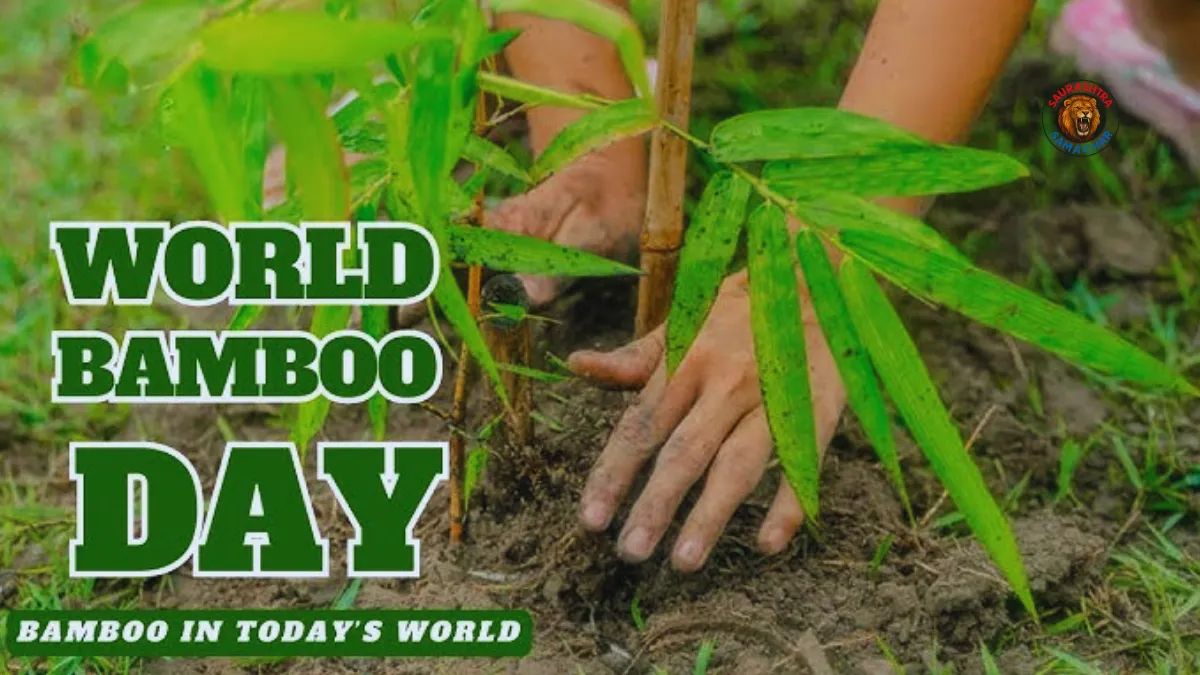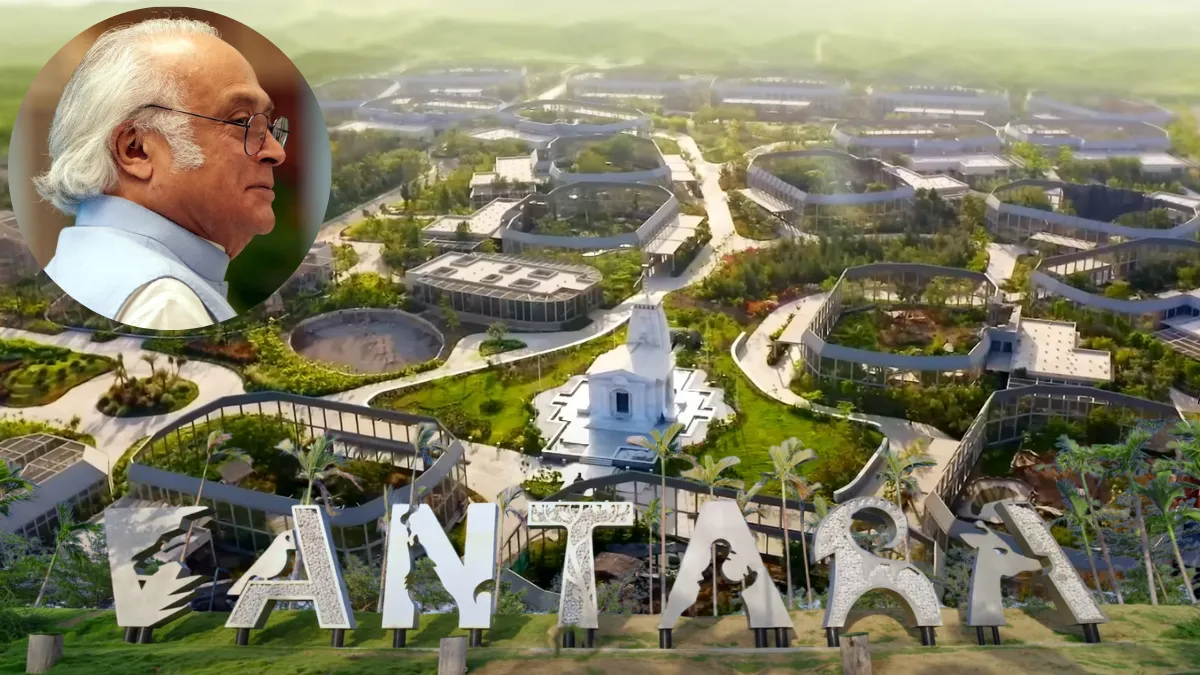The ongoing Vantara SIT Probe has drawn national and international attention after a Supreme Court-appointed Special Investigation Team (SIT), headed by former Supreme Court Judge Jasti Chelameswar, spent three days inspecting the Vantara Zoological Rescue and Rehabilitation Centre in Jamnagar, Gujarat. According to reliable sources, the SIT, along with other central and state-level agencies, has now sent a list of nearly 200 detailed questions to Vantara as part of the fact-finding investigation.
This investigation comes after allegations of illegal acquisition, wildlife trafficking, and mistreatment of animals at the Vantara facility, which is operated under the Reliance Foundation. The Supreme Court has directed the SIT to submit its findings by September 12, 2025.
The Background of the Vantara SIT Probe
On August 25, 2025, the Supreme Court of India constituted a Special Investigation Team to conduct a fact-based inquiry into the functioning of Vantara. The order was passed by a bench comprising Justice Pankaj Mithal and Justice Prasanna B Varale. The Court acted upon a petition filed by C.R. Jaya Sookin, who alleged that several animals, including elephants, exotic birds, and other endangered species, were being trafficked and illegally housed at the Vantara facility.
The petition claimed that the organization, while projecting itself as a global rescue and rehabilitation center, was engaging in unlawful practices under the cover of conservation. These allegations raised significant concerns about compliance with wildlife protection laws, international trade regulations, and animal welfare standards.
In response, the apex court ordered a detailed probe into whether the facility operates within the legal framework of India’s Wildlife Protection Act, CITES (Convention on International Trade in Endangered Species), and other environmental laws.
SIT’s Three-Day Inspection at Vantara
As part of the Vantara SIT Probe, Justice Chelameswar led a four-member team that visited the Jamnagar facility for three days. Alongside the SIT, representatives from various government agencies, including senior officials from state forest departments, were also present during the inspection.
The SIT conducted extensive questioning sessions with Vantara’s senior management and staff. Sources confirmed that the SIT asked Vantara to ensure that all its international collaborators and partners make themselves available for further questioning if required.
During this visit, the SIT carefully reviewed the treatment of animals, the conditions of enclosures, veterinary facilities, compliance documents, and the facility’s operational transparency. The team also examined how animals were brought into the center, the sources of acquisition, and whether proper legal permissions were obtained in each case.
200 Questions Sent to Vantara
After concluding the three-day field visit, the SIT and allied investigation agencies compiled a detailed questionnaire comprising 200 questions. These questions reportedly cover a wide range of topics such as:
- Documentation of animal acquisitions and transfers.
- Proof of compliance with international wildlife trade regulations.
- Veterinary care and animal welfare protocols.
- Financial transparency of the rescue and rehabilitation operations.
- Details of partnerships with foreign conservation organizations.
- Responses to allegations of wildlife trafficking and illegal imports.
The objective behind sending this exhaustive questionnaire is to ensure transparency, accountability, and evidence-based clarity on whether Vantara has adhered to national and international legal standards.
Supreme Court’s Directions and Timeline
The Supreme Court bench instructed the SIT to complete its fact-finding mission within a short timeframe. The Court has set September 12, 2025, as the deadline for the SIT to submit its comprehensive report.
In its directive, the Court emphasized that the SIT must investigate not just the legal aspects of animal acquisition but also the larger environmental and ethical concerns surrounding Vantara’s operations. The scope of the investigation includes:
- Wildlife conservation law compliance.
- International trade and import/export regulations.
- Animal welfare standards and humane treatment.
- Environmental sustainability.
The Court’s order underscores that this investigation is not limited to legal technicalities but also involves a broader inquiry into whether Vantara’s functioning aligns with the spirit of conservation and welfare.
Allegations Against Vantara
The petition by C.R. Jaya Sookin made serious accusations against Vantara. Key allegations include:
- Illegal acquisition of animals – The facility allegedly brought in animals without proper authorization.
- Wildlife trafficking – It has been accused of being involved in the illegal trade of exotic and endangered species.
- Misuse of rescue and rehabilitation claims – The petitioner claimed that under the guise of conservation, animals were being trafficked and displayed.
- Animal welfare violations – Concerns were raised about the living conditions and treatment of animals inside the facility.
These allegations created a storm in the conservation community and led to a larger debate about the ethics of private-run rescue centers in India.
Vantara’s Response: Commitment to Transparency
In an official statement responding to the Vantara SIT Probe, Vantara reiterated its commitment to legal compliance, transparency, and animal welfare.
A senior Vantara official said:
“We welcome the honorable Supreme Court’s order with utmost respect. Vantara is fully committed to transparency, compassion, and compliance with the law. Our mission has always been focused on the rescue, rehabilitation, and care of animals. We will extend complete cooperation to the Special Investigation Team.”
The statement also highlighted that Vantara’s priority remains the welfare of animals and that the organization would continue its work honestly, keeping the well-being of rescued species at the center of its efforts.
Why the Vantara SIT Probe Matters
The case is being seen as a landmark moment for wildlife conservation in India. The outcome of the SIT investigation could have long-term implications for:
- Private conservation projects – The probe will set precedents for how privately managed facilities are regulated.
- Legal clarity – It will determine the scope of national and international laws in governing wildlife rescue and rehabilitation centers.
- Animal rights advocacy – The investigation has already brought global attention to the issue of animal welfare and trafficking.
- Public trust – Transparency in this case will influence how the public perceives corporate-led conservation efforts.
Also read: Vantara Jamnagar Booking Online 2025: Ticket Price, Vacancy, Contact & Facilities
The Road Ahead
With the SIT expected to submit its report by September 12, 2025, all eyes are now on the Supreme Court and how it will respond to the findings. If violations are confirmed, Vantara may face strict legal consequences, including possible restrictions or restructuring of its operations.
On the other hand, if the SIT report validates Vantara’s claims of transparency and compliance, it could boost confidence in corporate-backed conservation initiatives in India.
Either way, the Vantara SIT Probe represents a turning point in the intersection of wildlife conservation, law, and accountability. The case is not just about one facility—it reflects the broader challenges India faces in protecting its biodiversity while allowing private entities to participate in conservation.
Also read: Is Vantara Legal in India? Laws, Permissions, and Controversies Explained
Conclusion
The ongoing Vantara SIT Probe is one of the most closely watched wildlife-related legal investigations in recent years. With 200 questions sent to the organization, a three-day inspection by a Supreme Court-appointed SIT, and serious allegations of trafficking and illegal practices, the case has gained national importance.
As the September deadline approaches, the future of Vantara—and perhaps the larger framework of private conservation centers in India—will be shaped by the SIT’s findings and the Supreme Court’s final decision.
For now, the only certainty is that this probe has ignited a vital debate about wildlife protection, transparency, and ethical conservation practices in India.














